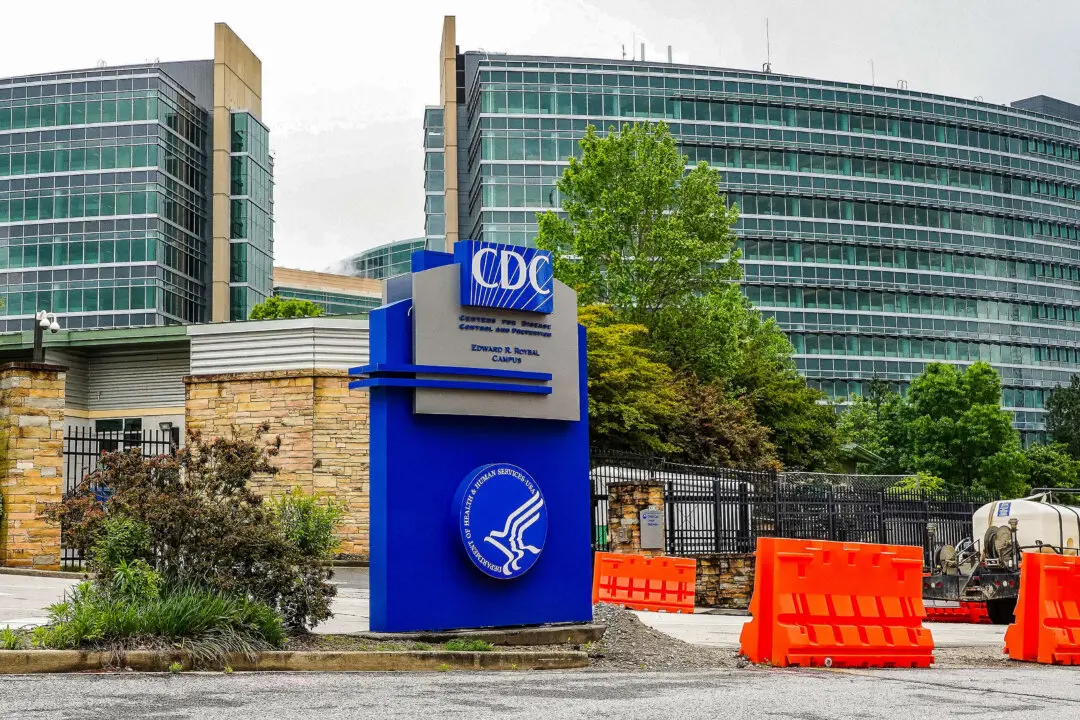The National Weather Service (NWS) warned in a Dec. 27 forecast that a “stormy weather pattern” will persist across the northwestern United States into the weekend, bringing heavy rain to lower elevations and heavy snow to higher elevations during what is expected to be one of the busiest travel weekends of the year.
“By the end of the weekend, rainfall totals of 3-5″+ likely through the Washington and Oregon Cascades, northwest California coastal mountains into the northern Sierra, while snowfall totals of 1 to 3 feet are likely in the highest elevations of the Northwest,” the NWS said in its update.





